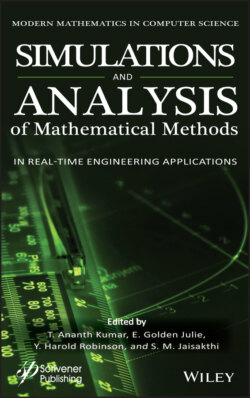Читать книгу Simulation and Analysis of Mathematical Methods in Real-Time Engineering Applications - Группа авторов - Страница 14
1.1 Introduction
ОглавлениеThe increasing popularity of large computing power in recent years, due to the availability of big data and the relevant developments in algorithms, has contributed to an exponential growth in Machine Learning (ML) applications for predictive tasks related to complex systems. In general, by utilizing an appropriate broad dataset of input features coupled to the corresponding predicted outputs, ML automatically constructs a model of the scheme under analysis. Although automatically learning data models is an extremely powerful approach, the generalization capability of ML models can easily be reduced in the case of complex systems dynamics, i.e., the predictions can be incorrect if the model is extended beyond the limits of ML models [1]. A collection of AI ideas and techniques has the potential to influence mathematical modelling study. In particular, information-based systems and environments may include representations and associated problem-solving techniques that can be used in model generation and result analysis to encode domain knowledge and domain-specific strategies for a variety of ill-structured problems. Advanced AI programming languages and methodologies may include high-level frameworks to implement numerical models and solutions, resulting in codes for computational mechanics that are cleaner, easier to write and more adaptable. A variety of heuristic search, scheduling, and geometric reasoning algorithms may provide efficient and comprehensive mechanisms for addressing issues such as shape definition and transformation, and model representation based on constraints. We study knowledge-based expert systems and problem-solving methods briefly before exploring the applications of AI in mathematical modelling.
